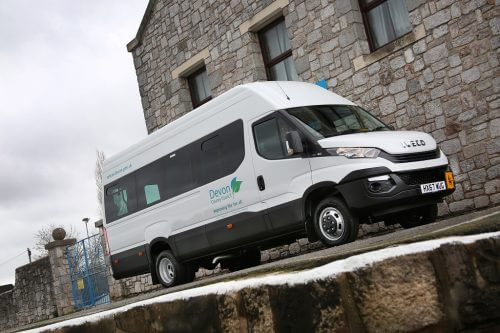 Minibus builders are making big strides says John Lewis
Minibus builders are making big strides says John Lewis
Build a minibus and you are engaged in a constant battle to keep the un-laden weight down. The more it rises, the fewer the passengers you can carry while remaining at your target gross weight; and the heavier your minibus is, the more fuel you will burn and the bigger your carbon footprint.
Un-laden weights are rising because the base vehicles are getting porkier. Features such as air bags and air-conditioning which have appeared over the years are undoubtedly desirable, but collectively they add a lot of kilos. The advent of Euro 6, which usually involves the use of AdBlue and an AdBlue reservoir, has scarcely helped.
Shaving off a kilo here and a couple of kilos there in a bid to counteract the escalating burden requires painstaking design work on the part of minibus producers. It is an exercise that it is familiar to EVM says Peter Flynn, Sales and Marketing Manager, Europe, the Middle East and Africa.
It scored a recent victory in the weight stakes, he says, with the order for almost 300 school minibuses worth over £12m it received from OneBus last year.
Able to carry 12 passengers, each minibus is based on a medium-wheelbase Euro 6 Mercedes-Benz Sprinter 314CDI sourced from Sheffield dealer Northside Truck and Van. All the Sprinters are equipped with seven-speed automatic gearboxes.
“We fitted each one with a lightweight composite floor, entry step and luggage rack and got rid of the sliding side door,” Peter said. “As a consequence we were able to keep the gross weight at below 3.5 tonnes – in fact we had 50kg to spare – and retain the spare wheel. […]
By subscribing you will benefit from:
- Operator & Supplier Profiles
- Face-to-Face Interviews
- Lastest News
- Test Drives and Reviews
- Legal Updates
- Route Focus
- Industry Insider Opinions
- Passenger Perspective
- Vehicle Launches
- and much more!


